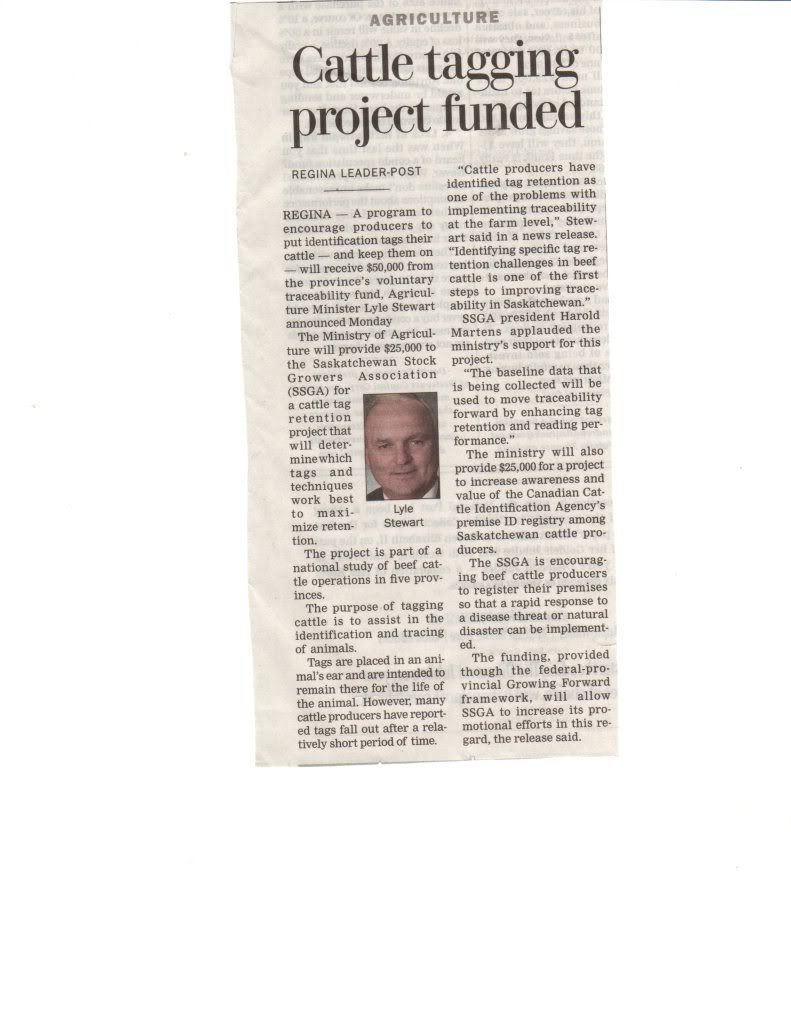Today's article in the Regina Leader Post. Saskatchewan's new ag minister m<a href="http://s1138.photobucket.com/albums/n523/kphaber/?action=view&amp;current=img397.jpg" target="_blank"> </a>akes announcement.
</a>akes announcement.
 </a>akes announcement.
</a>akes announcement.
Comment